Table of contents :
01516271.pdf……Page 1
01516272.pdf……Page 3
II. S YSTEM M ODEL……Page 4
Fig. 2. Factor graph of an RA code. $mathhat{L}^{l}_{c}$ and $……Page 5
A. Channel SNR Estimation……Page 6
Fig.€6. BER performance of the iterative decoder using $% mathhat……Page 7
IV. C ONCLUSIONS……Page 8
H. Meyr, M. Moeneclaey, and S. A. Fechtel, Digital Communication……Page 9
II. S YSTEM M ODEL……Page 10
III. A S UBOPTIMAL S OFT D ECODER……Page 11
B. Proposed Suboptimal Soft Decoder……Page 12
IV. N UMERICAL R ESULTS AND C OMPARISON……Page 13
V. C ONCLUSIONS……Page 14
N. Farvardin and V. Vaishampayan, On the performance and complex……Page 15
I. I NTRODUCTION……Page 16
A. SD Single-User Bound……Page 17
B. G-pre-eq-MRC Single-User Bounds……Page 18
V. N UMERICAL R ESULTS……Page 19
VI. C ONCLUSIONS……Page 20
W. Feller, An Introduction to Probability Theory and its Applica……Page 21
II. J OINT B IDIRECTIONAL C HANNEL E STIMATION / S OFT S YMBOL D……Page 22
Fig.€1. Illustration of how the forward tree is grown during the……Page 23
Fig.€3. Illustration of the completion phase when $L=3$ and eigh……Page 24
M. Tüchler, R. Koetter, and A. C. Singer, Turbo equalization: Pr……Page 25
S. ten Brink, Convergence of iterative decoding, IEE Electron. L……Page 26
II. S YSTEM M ODEL……Page 27
III. C APACITY A NALYSIS……Page 28
B. Power-Controlled Scenarios……Page 29
Fig.€3. Comparison of coverage cell radius with and without repe……Page 30
T. S. Rappaport and L. B. Milstein, Effects of path loss and fri……Page 31
II. S YSTEM M ODEL AND B ILINEAR M ATRIX I NEQUALITY……Page 32
Proof: Define $mathhat{gamma}_{i}=e^{v_{i}-1}=(2^{lfloorlog_……Page 33
IV. S IMULATION R ESULTS……Page 34
Fig.€3. Tradeoff between rejection and throughput loss for $% bet……Page 35
M. Mesbahi, M. G. Safonov, and G. P. Papavassilopoulos, Bilinear……Page 36
II. R ATE – $m/(m+1)$ RSC E NCODERS B ASED ON $m$ -I NPUT LFSR S……Page 37
A. Circular RSC Codes……Page 38
B. Permutation……Page 39
1) Better Convergence of the Iterative Process: This point was f……Page 40
4) Higher Throughput and Reduced Latency: The decoder of an $m/(……Page 41
A. Eight-State Double-Binary TC……Page 42
TABLE I E STIMATED V ALUES OF M INIMUM B INARY H AMMING D ISTANC……Page 43
V. C ONCLUSION……Page 44
R. G. Gallager, Information Theory and Reliable Communication …….Page 45
I. I NTRODUCTION……Page 46
B. Guided Scrambling……Page 47
Fig.€1. (a). Block diagram of the new dc-free EC block code. (b)……Page 48
B. Binary Primitive BCH Codes……Page 49
V. P ERFORMANCE E VALUATION……Page 50
Fig.€3. (a) Sum variance of GS dc-free multimode codes (calculat……Page 51
Fig.€7. BER performance over the AWGN channel…….Page 52
VI. C ONCLUSION……Page 53
D. J. C. MacKay . Online code resources of low-density parity-ch……Page 54
I. I NTRODUCTION……Page 55
B. Multiple-Sources Case……Page 56
1) Rate-Allocation Adjustment: Most practical scalable image cod……Page 57
III. E XPERIMENTAL R ESULTS……Page 58
TABLE I P ERFORMANCE C OMPARISON FOR BSC 0.01……Page 59
D. Divsalar and F. Pollara, Multiple turbo codes for deep-space……Page 60
A. System Model……Page 62
A. Optimal Combining With Perfect Channel Knowledge……Page 63
C. Evaluation of Optimal Combining Performance……Page 64
A. Pilot-Symbol-Aided Channel Estimation……Page 65
C. Suboptimal Combining……Page 66
Fig. 2. Example of frequency-diversity model ( $tau _{d}=25$ ns……Page 67
G. Stuber, Principles of Mobile Communication . Norwell, MA: Klu……Page 68
II. R ELATED W ORK……Page 70
B. Channel Model……Page 71
1) Optimal Code Selection: The code-selection algorithm is desig……Page 72
Proof: When the $j$ th (re)transmission packet is not the inform……Page 73
A. Rate-Adaptive Type-I Hybrid ARQ and Fixed-Rate Type-I Hybrid……Page 74
Fig.€6. Energy-efficiency comparison of IR retransmission type-I……Page 75
VI. C ONCLUSIONS……Page 76
T. Ji, Rate adaptive coding for wireless data networks, Univ. Mi……Page 77
I. I NTRODUCTION……Page 78
B. Brief Description of the EMVA……Page 79
Lemma: Let $Phi _{ast} $ be a local maximum of $L(Phi )$, and……Page 80
A. Channel Model……Page 81
A. Constant Channel……Page 82
B. Time-Varying Channel……Page 83
VI. C ONCLUSIONS……Page 84
B. Porat and B. Friedlander, Blind equalization of digital chann……Page 85
I. I NTRODUCTION……Page 86
Fig.€1. MR filter structure for realizing the matrix transformat……Page 87
III. B LOCK T RANSFORMATION U SING An MR D IGITAL F ILTER……Page 88
IV. N YQUIST N ULL IN THE O UTPUT S IGNAL S PECTRUM OF AN MR F I……Page 89
Fig.€3. Cascade of an MR filter and an analog filter that gives……Page 90
Fig.€5. Structure of an MR modulation receiver…….Page 91
Fig.€7. Performance of MR modulation for $M=4$ and for various v……Page 92
VI. C ONCLUSION……Page 93
S. Mirabbasi and K. Martin, Classical and modern receiver archit……Page 94
I. I NTRODUCTION……Page 95
B. PAM Model for Multi- $h$ CPM……Page 96
C. PAM-Based Detectors for Multi- $h$ CPM……Page 97
Fig.€2. PAM-based detector structure for multi- $h$ CPM with exp……Page 98
B. Probability of Bit Error……Page 99
A. Quaternary 3RC With $h={4/16,5/16}$……Page 100
V. A PPLICATIONS……Page 101
TABLE II P ERFORMANCE OF R EDUCED -C OMPLEXITY D ETECTORS FOR $M……Page 102
(2004) IRIG Standard 106 04: Telemetry Standards . Range Command……Page 103
II. S YSTEM M ODEL……Page 104
A. Definitions and Background……Page 105
D. A Fast Computational Algorithm for the Maximum PEP……Page 106
IV. P REDICTING C ONVERGENCE T HRESHOLDS U SING THE G AUSSIAN A……Page 107
Fig.€4. Eight-star QAM radial and nonradial signal set mappings,……Page 108
B. Predicting TCM Performance……Page 109
TABLE III C ODE S EARCH R ESULTS……Page 110
D. Performance and Complexity Comparison With Iterative Joint Es……Page 111
A. Exact PEP Computation for the Length-One Sequence……Page 112
C. Fragouli and R. D. Wesel, Turbo-encoder design for symbol-int……Page 113
R. H. Clarke, A statistical theory of mobile radio reception, Be……Page 114
I. I NTRODUCTION……Page 115
Fig.€1. Generalized architecture of OFS…….Page 116
B. Multiuser Downlink Beamforming……Page 117
Scheduler II: Variable-Size User Subset With Minimum Per-User Ra……Page 118
B. Discrete Stochastic Approximation Algorithm……Page 119
C. Adaptive Algorithm for Time-Varying Channels……Page 120
B. Time-Varying Optimal User Subset Tracking……Page 121
Fig.€8. Normalized throughput of all users versus the time slot……Page 122
T. L. Marzetta, BLAST training: Estimating channel characteristi……Page 123
W. Yang and G. Xu, Optimal downlink power assignment for smart a……Page 124
A. System and Channel Model……Page 125
A. Factor Graphs and the Sum Product Algorithm……Page 126
C. Symbol-Optimum MUD……Page 127
IV. T RUNCATED S YMBOL -O PTIMUM M ULTIUSER D ETECTION……Page 128
Fig.€2. Average BERs of the truncated symbol-optimum detection i……Page 129
A. Intuitive Derivation……Page 130
Fig.€6. BER of each user of the truncated symbol-optimum detecti……Page 131
Fig.€8. Block diagram of the systolic array architecture with th……Page 132
Fig.€10. Composite data-dependency graph of the recurrence equat……Page 133
L INEAR T RANSFORMATION OF THE C OMPOSITE D ATA -D EPENDENCY G R……Page 134
G. M. Megson, An Introduction to Systolic Algorithm Design . Oxf……Page 135
I. E MBEDDING I NFORMATION IN O PTICAL S TREAMS……Page 136
Fig.€1. In an optically routed WDM network, multiple lightpaths……Page 137
A. Encoding Method and Data Frame Structure……Page 138
III. N OISE AND I NTERFERENCE A NALYSIS……Page 139
Fig.€5. Error rates as a function of OSNR in an example ORN. Err……Page 142
Fig. 6. (a) Tradeoff between sir $_{mu}$ and $R_{p}$ for differe……Page 143
Kiran and D. N. C. Tse, Effective interference and effective ban……Page 144
A. IM/DD Optical Channel Model……Page 145
III. M ULTIPLE -S UBCARRIER O PTICAL C OMMUNICATION S YSTEMS W I……Page 146
TABLE II SSPS ( $N=4$, $K=4$, (8+1)-APSK, T IME -V ARYING B IAS……Page 147
V. N UMERICAL R ESULTS……Page 148
B. Normalized Power Requirement Versus Normalized Bandwidth Requ……Page 149
J. B. Carruthers and J. M. Kahn, Multiple-subcarrier modulation……Page 150
A. Motivation……Page 151
B. Signal Model……Page 152
The MF Detector: Consider a two-uncoded-user system. For large $……Page 153
C. Numerical Example……Page 154
A. Analysis……Page 155
B. Numerical Example……Page 156
P ROOF OF L EMMA 1……Page 157
P ROPERTIES OF THE C ORRELATION C OEFFICIENT IN AN U NCODED S YS……Page 158
M. Z. Win and R. A. Scholtz, Impulse radio: How it works, IEEE C……Page 159
I. I NTRODUCTION……Page 161
II. B ASELINE P ROCESSING FOR L AYERED S PACE T IME S IGNALS……Page 162
III. E XTENDED BLAST D ECODING……Page 163
Algorithm 2 (QR Implementation of ZF-BLAST): The processing proc……Page 164
IV. N UMERICAL R ESULTS……Page 165
Fig. 3. Ideal subchannel performance assuming perfect decision f……Page 166
V. C ONCLUSION……Page 167
J. G. Proakis, Digital Communications, 3rd ed. New York: McGraw-……Page 168
I. I NTRODUCTION……Page 169
A. FBMCM Signal Model……Page 170
B. Derivation of the FBMCM ML Data Demodulator……Page 171
B. Frequency-Error Detector (FED)……Page 172
D. Low-Complexity FED……Page 173
A. Open Loop……Page 174
B. Closed Loop……Page 175
Fig.€9. Frequency RMSEEs of the FC-FED loop with various timing……Page 176
Fig.€10. Frequency RMSEE of FC-FED and LC-FED loops with ideal t……Page 177
A. N. D’Andrea, U. Mengali, and R. Reggiannini, The modified Cra……Page 178
01516295.pdf……Page 180
01516296.pdf……Page 181
01516297.pdf……Page 182
01516298.pdf……Page 183
01516299.pdf……Page 184
01516300.pdf……Page 185
01516301.pdf……Page 186
01516302.pdf……Page 187
01516303.pdf……Page 188
IEEE Transaction on communications (October)
Free Download
Volume: Volume 53, Number 10
Size: 11 MB (12003283 bytes)
Pages: 188/188
File format: pdf
Language: English
Publishing Year: 2005
Direct Download: Coming soon..
Download link:
Category: Technique , Instrument
Tags: Периодика по приборостроению, ПриборостроениеSign in to view hidden content.
Be the first to review “IEEE Transaction on communications (October)” Cancel reply
You must be logged in to post a review.
Related products
- Mathematics , Wavelets and signal processing
Structure and interpretation of signals and systems
Free Download - Mathematics , Wavelets and signal processing
Комплекснозначные и гиперкомплексные системы в задачах обработки многомерных сигналов
Free Download
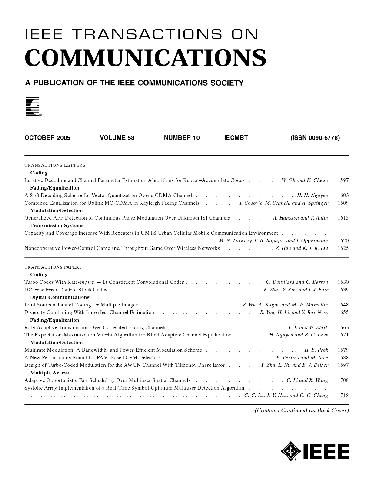
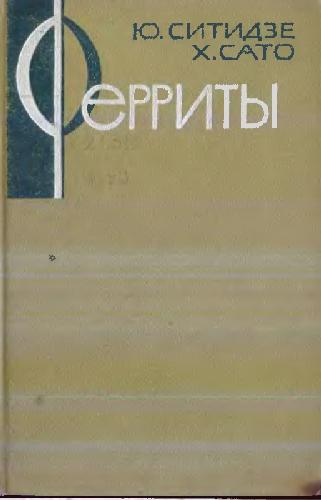

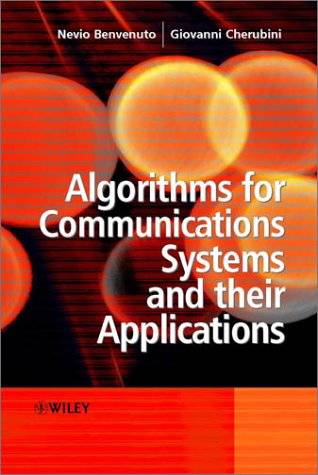
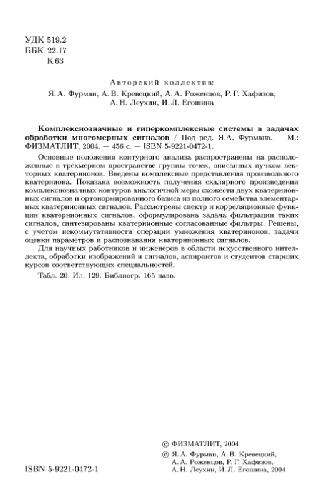

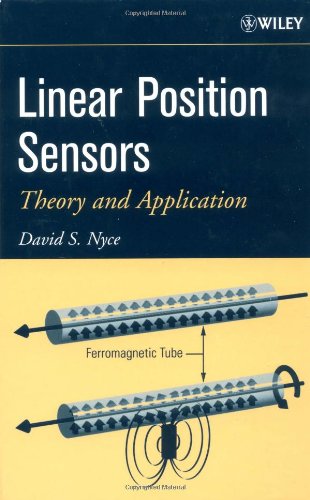
Reviews
There are no reviews yet.